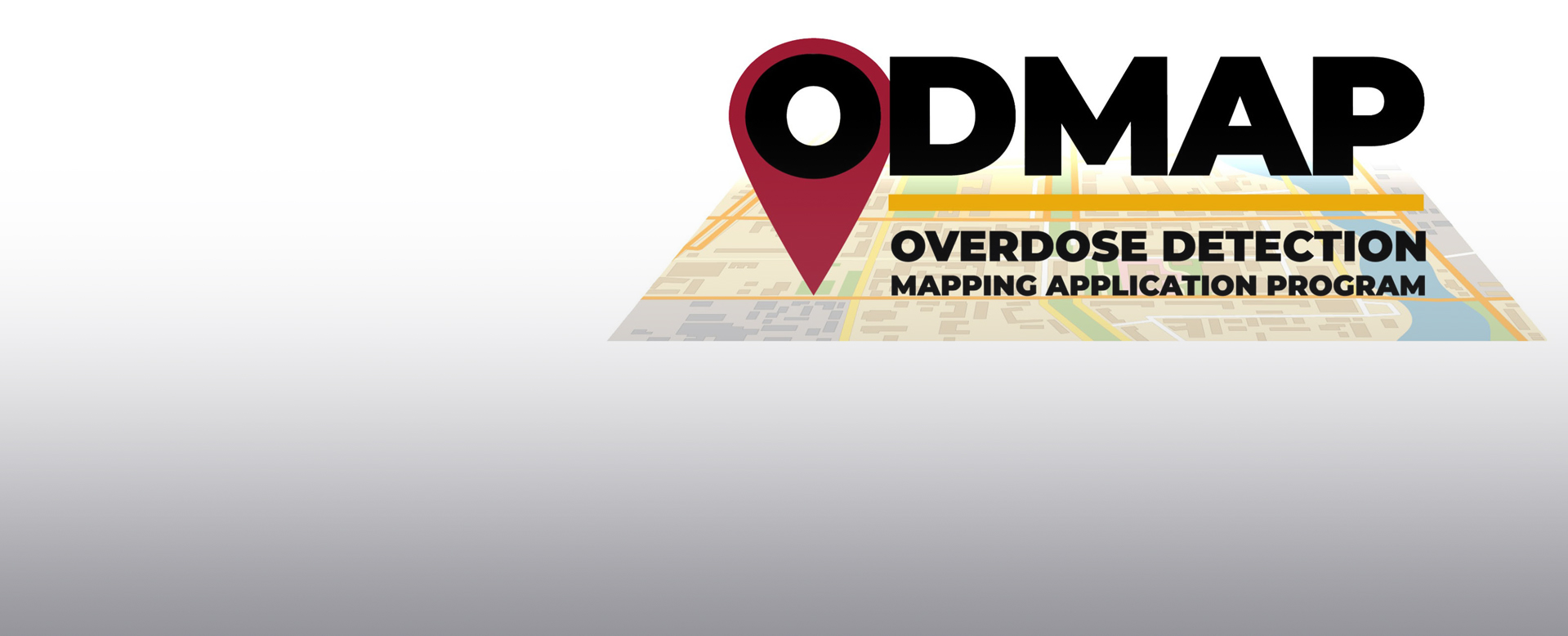This webinar originally occurred on July 16, 2019
Duration: 1 hour
Overview
The Overdose Detection Mapping Application Program (ODMAP) provides near real-time suspected overdose surveillance data across jurisdictions to support public safety and to mobilize an immediate response to a sudden increase in overdose events. ODMAP links first responders and relevant record management systems to a mapping tool to track overdoses, stimulate real-time response, and promote strategic analysis across jurisdictions.
In order to protect the security and integrity of the collected information, each agency that participates in the program signs a data sharing agreement designed to protect the data within the system. Once signed, they can begin uploading data in real time through a variety of methodologies as a Level 1 user. Users can also gain access to the Level 2 platform, or National Map. This tool is only available to hospitals, licensed first responders, and government (state, local, federal, or tribal) agencies serving the interests of public safety and health.
ODMAP is a system designed to provide vital information to relevant stakeholders in real time. Spike alerts can be set-up to notify an agency by email if the total overdoses in an area exceeds a pre-determined threshold within a 24-hour period. Spike alerts can be established for an agency’s own county, as well as nearby or neighboring counties. By establishing spike alerts for nearby counties, the program can serve as an early warning feature; if a spike in overdoses occurs in a neighboring area, officials can anticipate a spike in their area and prepare.
In this webinar, Aliese Alter, ODMAP Program Manager, will provide an overview of the nationally established best practices, including overdose response teams, collaborative partnerships that facilitate connection to resources, and varying methodologies on how agencies can utilize the data in ODMAP to accelerate action and save lives.
Detailed Learning Objectives
- Explain the importance of capturing real-time suspected overdose data.
- Identify the benefits of establishing collaborative partnerships that support an immediate response.
- Describe varying methodologies to harness ODMAP data to stimulate action.
Presenter
- Aliese Alter | ODMAP Program Manager for the Washington/Baltimore HIDTA
Funding for this Forensic Technology Center of Excellence webinar has been provided by the National Institute of Justice, Office of Justice Programs, U.S. Department of Justice.
The opinions, findings, and conclusions or recommendations expressed in this webinar are those of the presenter(s) and do not necessarily reflect those of the U.S. Department of Justice.
Contact us at ForensicCOE@rti.org with any questions and subscribe to our newsletter for notifications.




